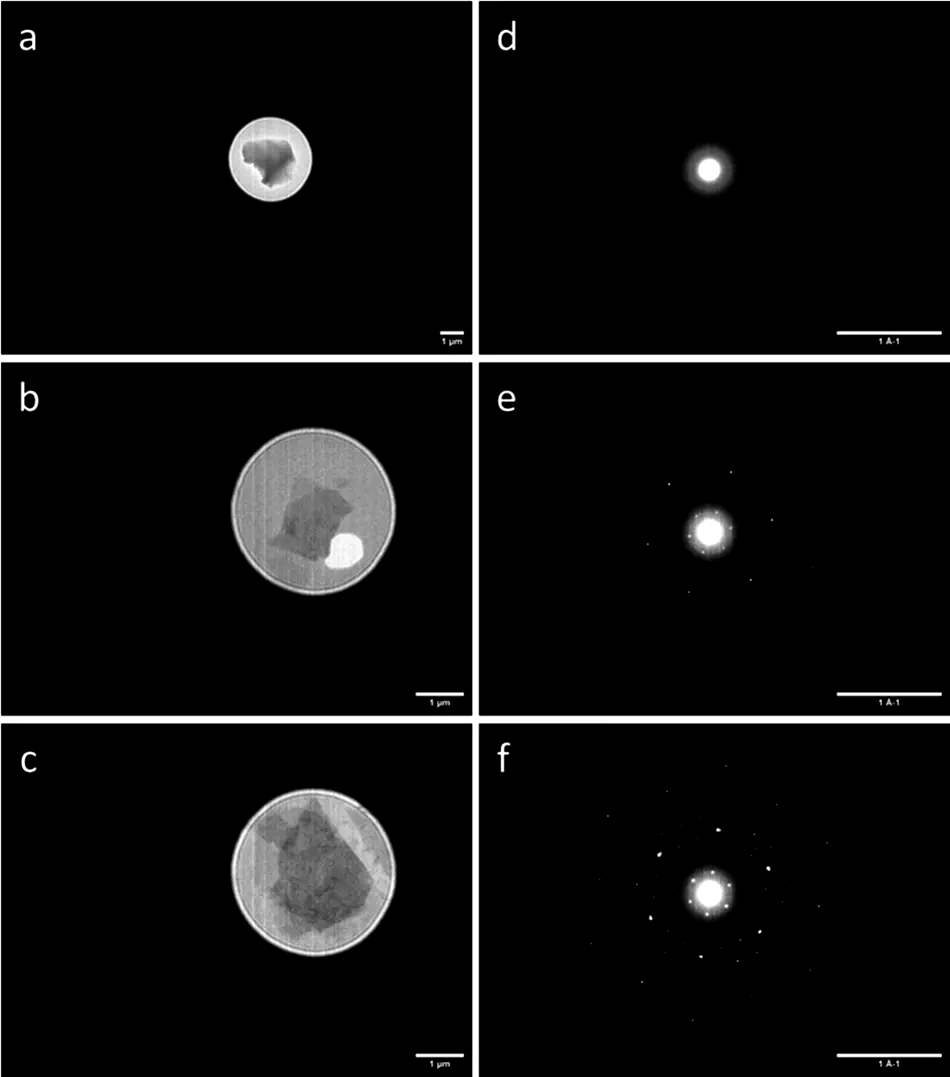Influence of biochar derived from lignin-rich feedstocks on soil properties and crop yield
The Case of Solanum lycopersicum L.
 TEM image of select regions of Wallnut shell biochar
TEM image of select regions of Wallnut shell biocharIn this work, we looked at how biochars derived from lignin-rich feedstocks, specifically walnut shells (WSB) and wood chips (WCB), compare to those from agricultural plant waste (PWB) in their ability to enhance soil properties and crop yield of tomato (Solanum lycopersicum L). The tests were conducted through 100-day pot trials in controlled environments. The WSB was produced from one of our pilot-scale facilities, which we mainly used for experiments on biochar production for energetically efficient carbon sequestration.
Why walnut shells as a biomass source? Well, these refuse shells represent a major residue stream, especially in developing countries, which export significant quantities of shelled walnuts to the EU. The shells end up being incinerated or inefficiently disposed of by the farmers. Hence, these shells can serve as a renewable and sustainable feedstock. Considering the fact that the carbon matrix of such LRF biochar also possesses ‘qualities’ suitable for advanced material applications such as adsorption, it is sensible to also look at their downstream recycling options as soil ameliorators or carbon sinks.
In our experiment, we comprehensively characterized WSB alongside commercially available WCB and PWB. Each biochar variant showed distinct physicochemical traits: WSB displayed high hydrophobicity and carbon content, characteristics often indicative of stability but potentially challenging for soil microbial interaction. Interestingly, despite its high ash content, WSB did not negatively impact soil enzyme and microbial activities, unlike WCB, which showed notable reductions in soil microbial functions. Yet, here’s where the results get intriguing: while WSB maintained soil microbial health, it did not enhance tomato yields in the short-term scenario (100 days). In contrast, only PWB significantly boosted tomato productivity compared to the control soil without amendments. PWB’s superior performance stemmed from its higher degradability and favorable nutrient profile, contributing to improved soil carbon mineralization—critical for plant growth.
These findings challenge existing assumptions that lignin-rich biochar (LRB) inherently delivers immediate agricultural benefits. Our results suggest the recalcitrant nature of WSB’s carbon matrix likely necessitates longer aging periods before measurable agronomic improvements emerge. Simply put, biochar like WSB is valuable but may not deliver quick wins; patience and careful timing in soil application may be the key. The takeaway here is critical for both researchers and farmers: choosing the right biochar is not just about sustainability—it requires careful consideration of the intended outcomes on the soil and crop. LRB, despite their stability and long-term carbon sequestration potential, may not always yield immediate agricultural benefits. Moving forward, further studies examining the longer-term soil aging effects of LRB are essential. Co-applying these biochars with less recalcitrant amendments, such as compost, might also prove beneficial. Our study underscores the complexity and the need for a nuanced understanding of biochar interactions in agricultural soils.
Read more Renewable Agriculture & Food Systems